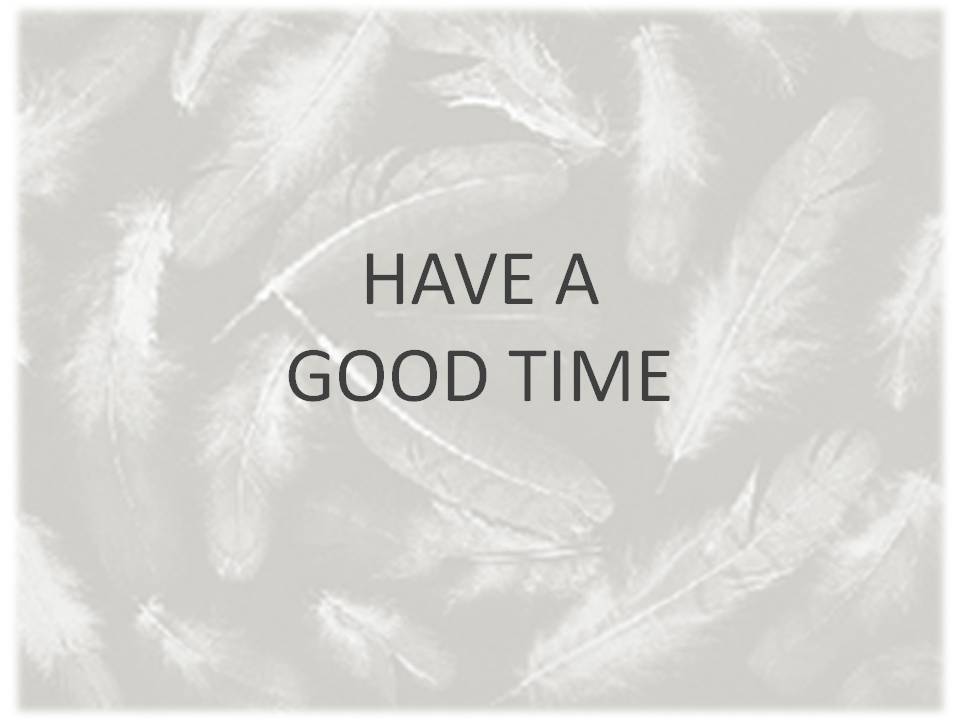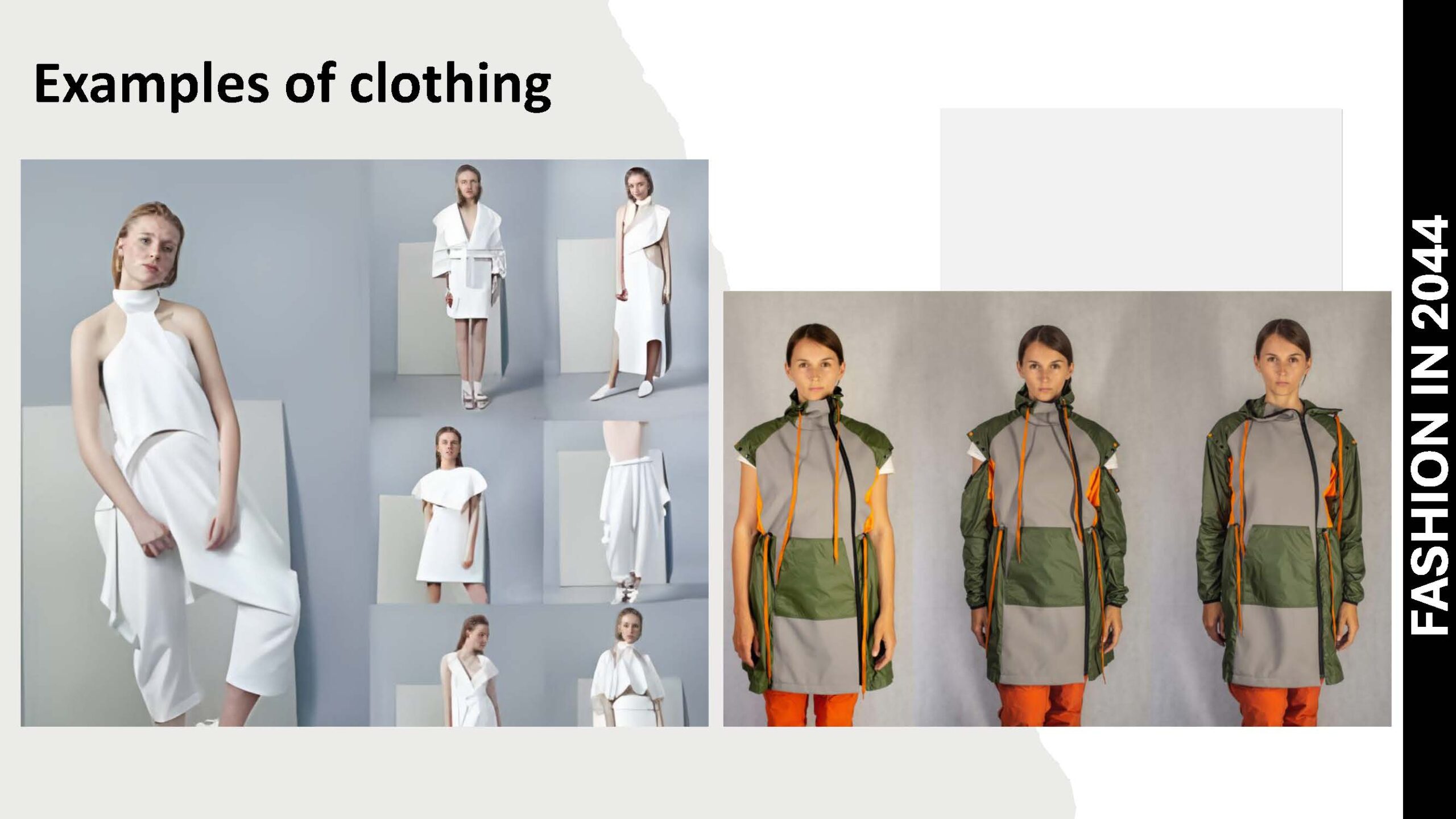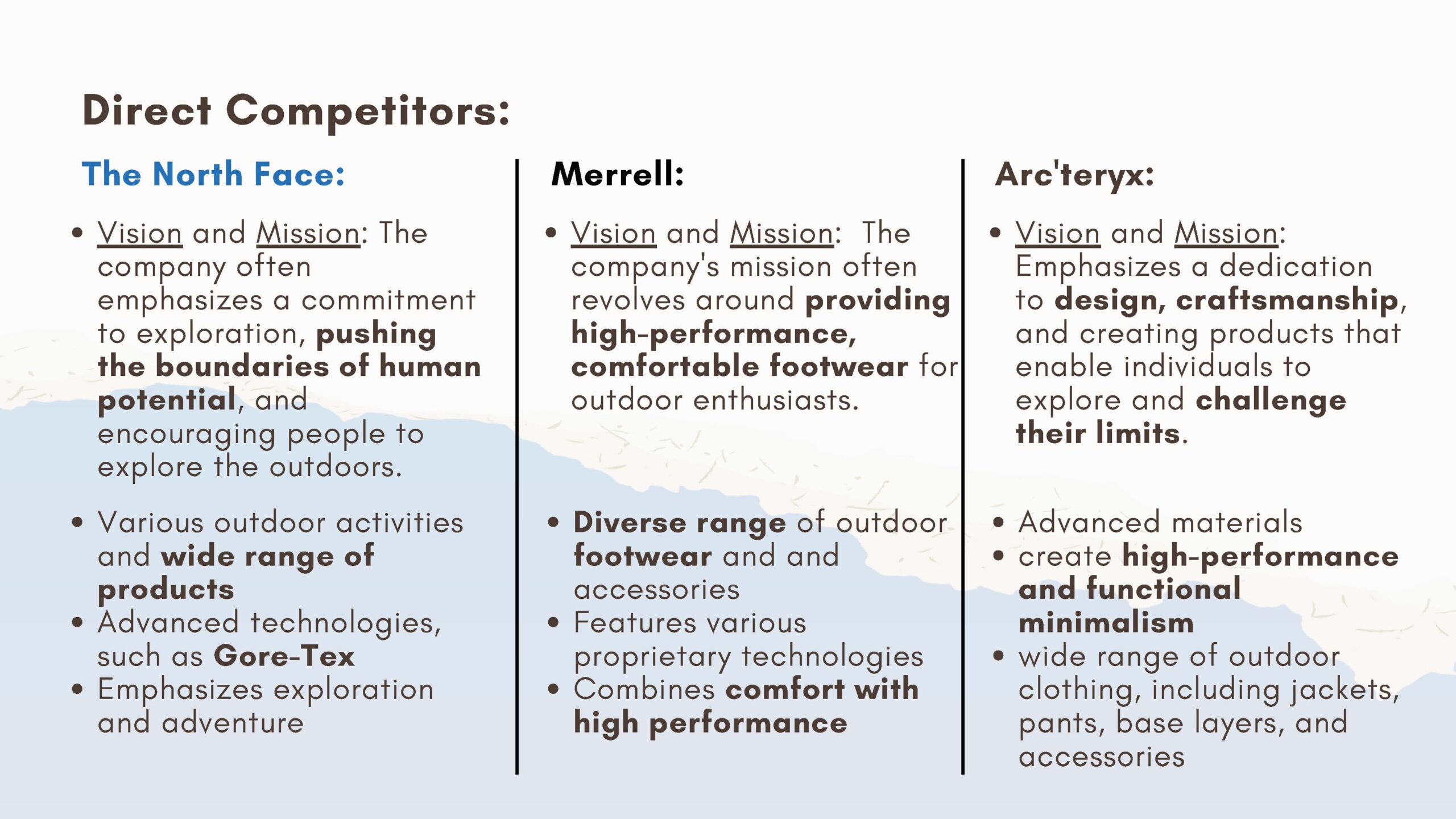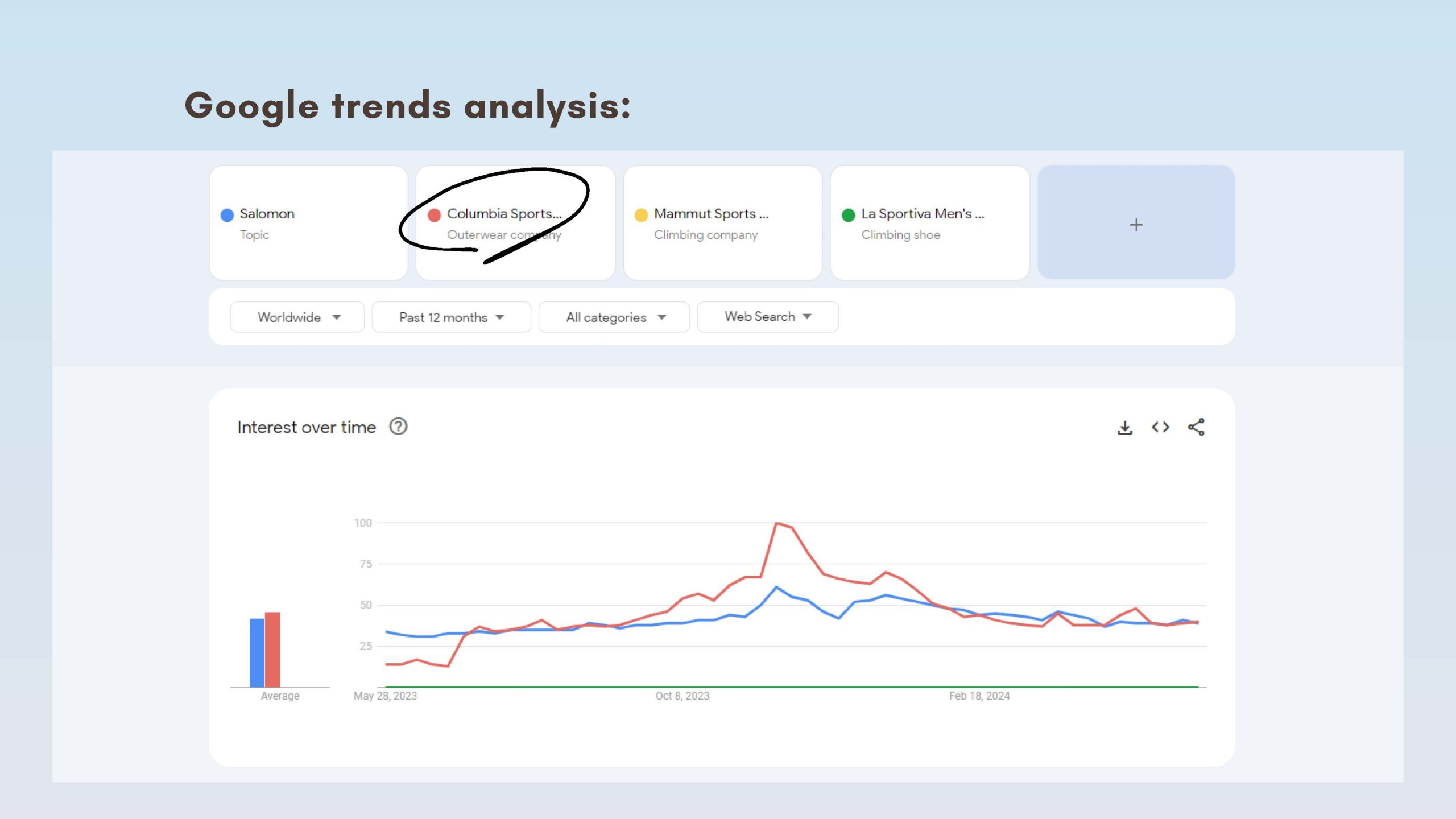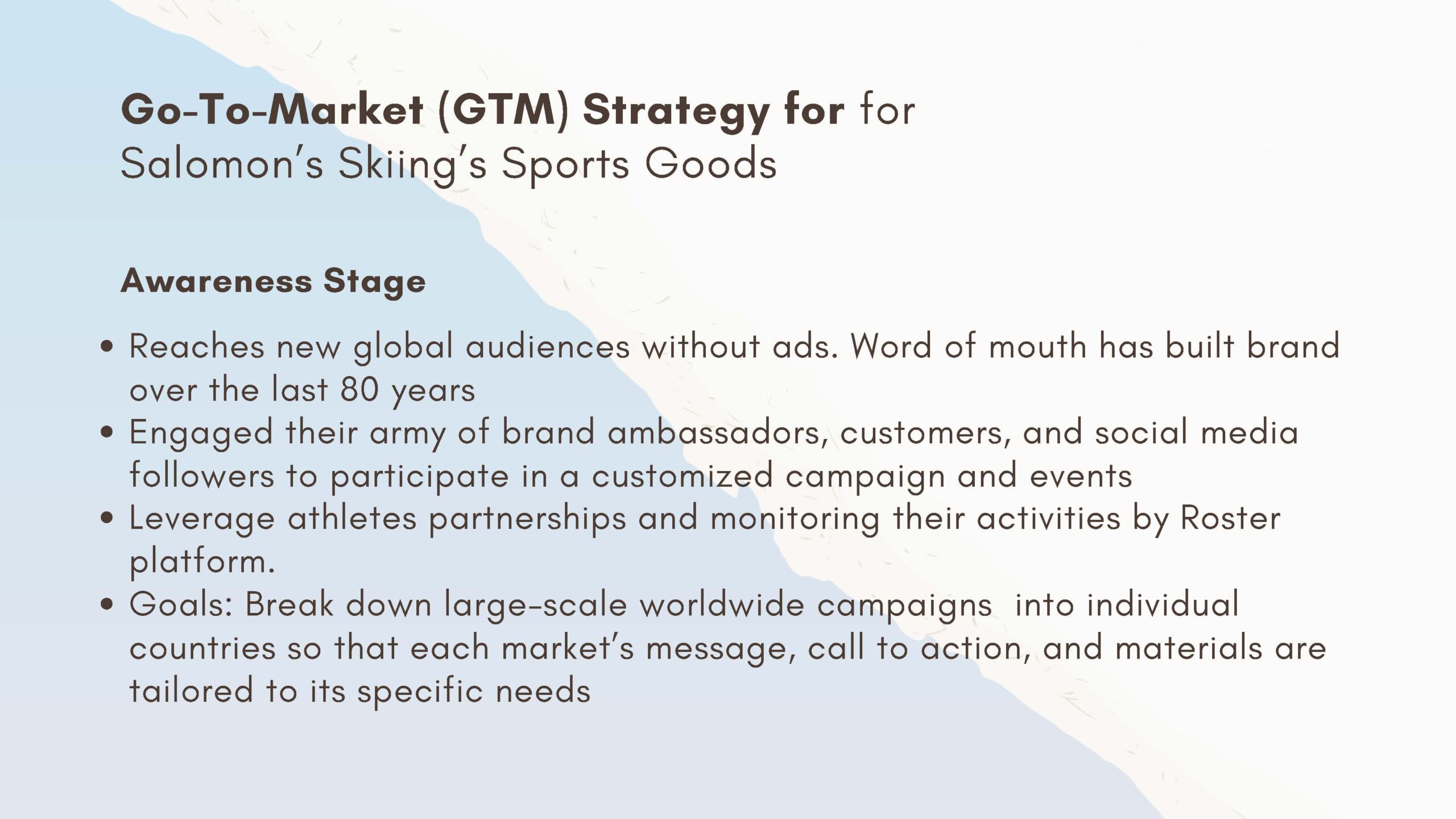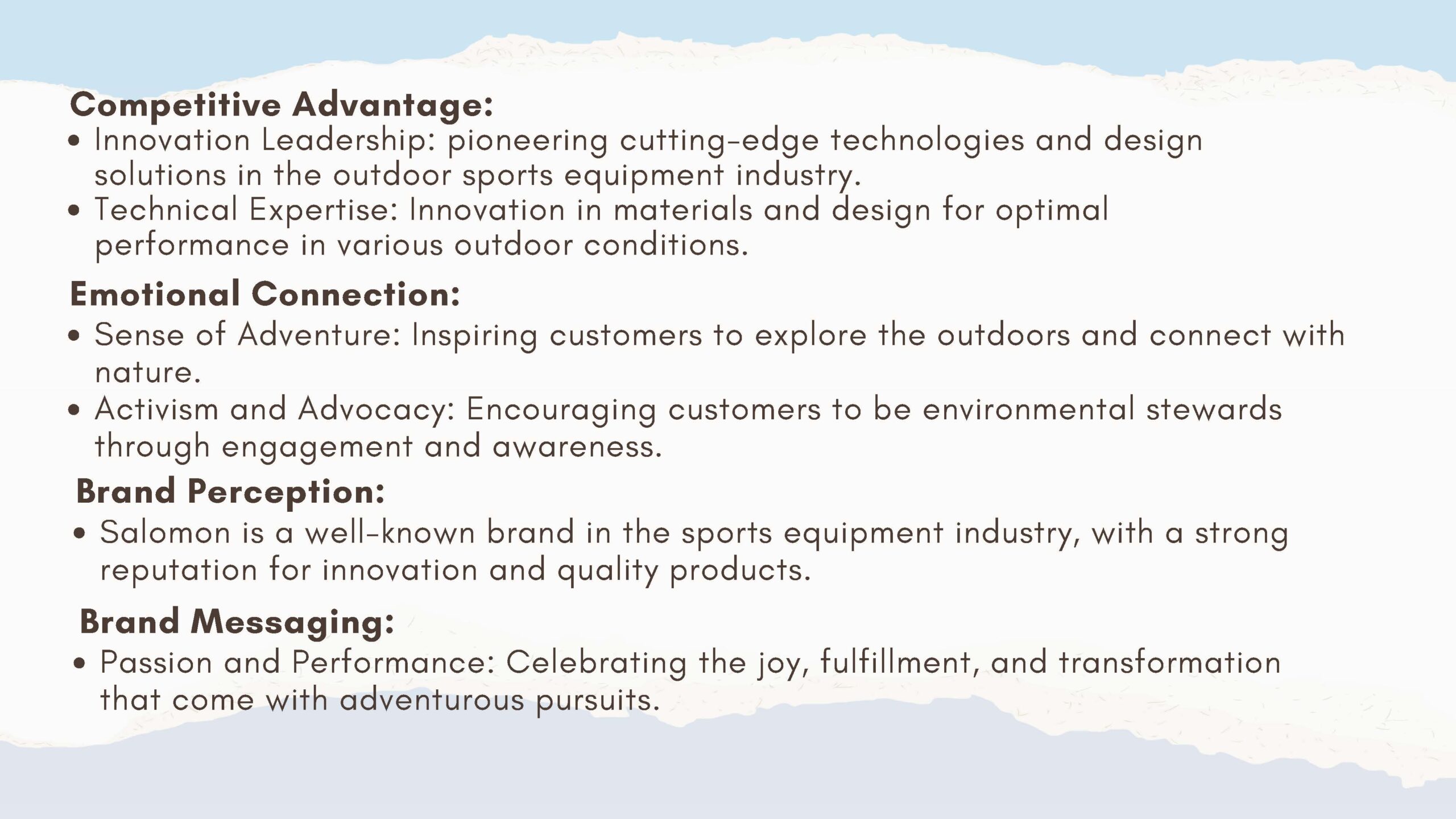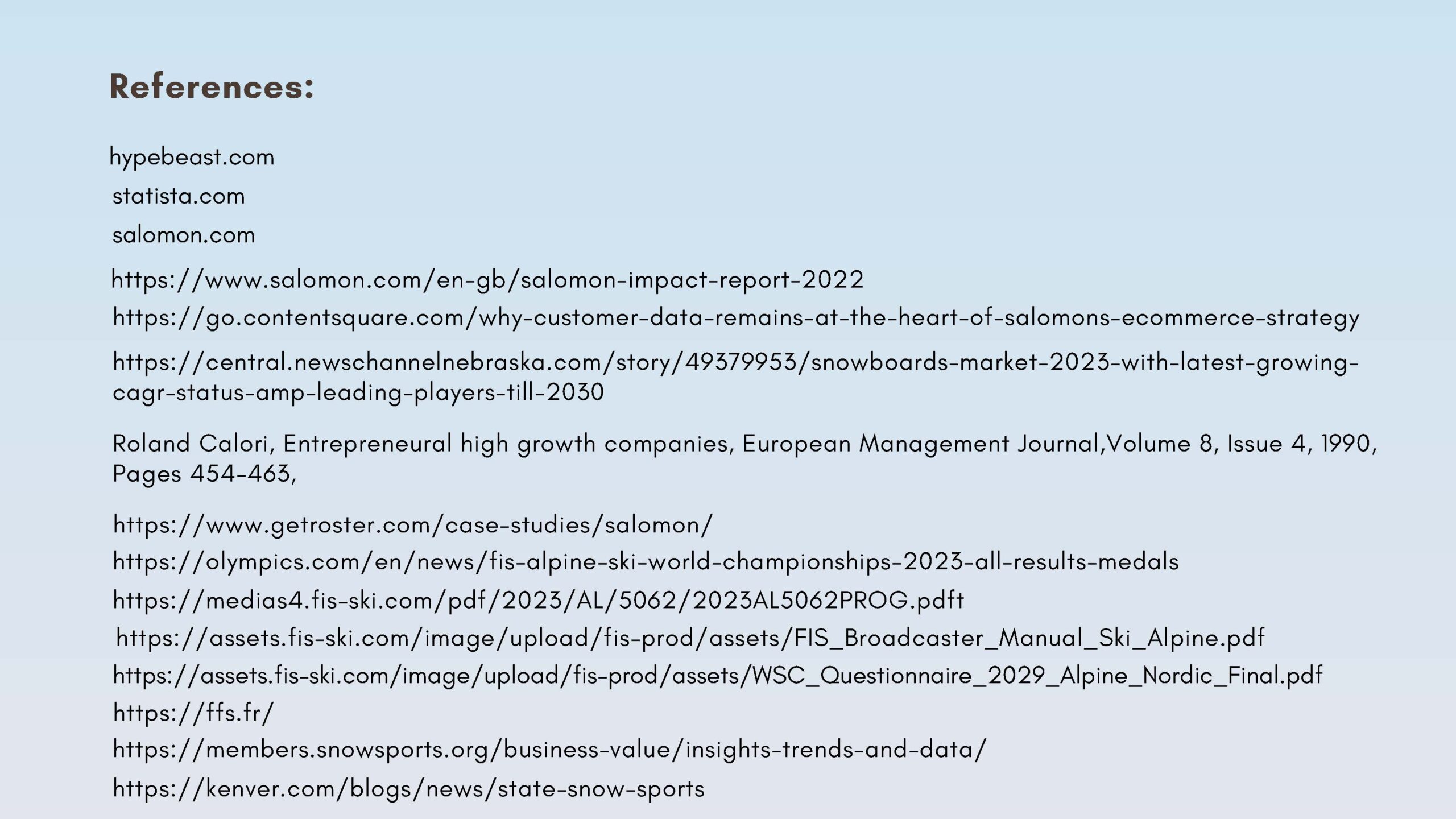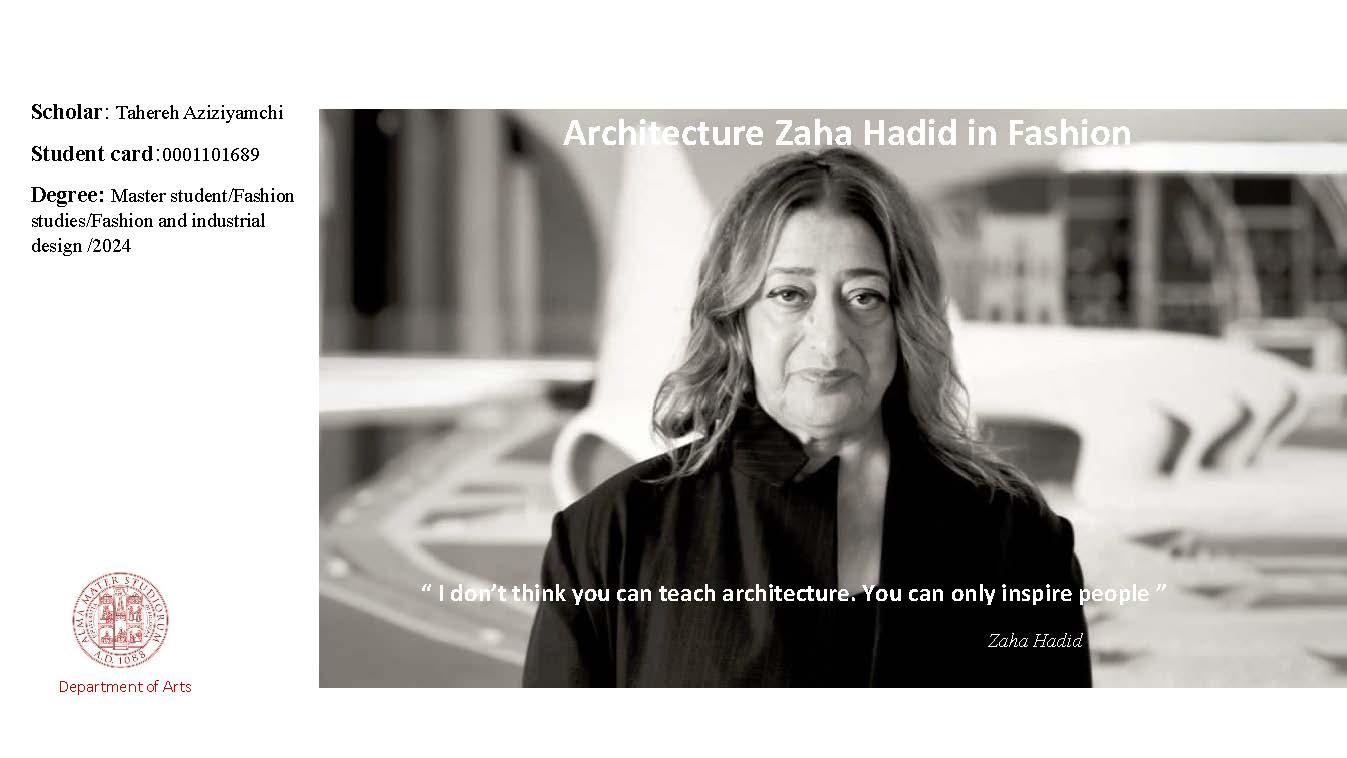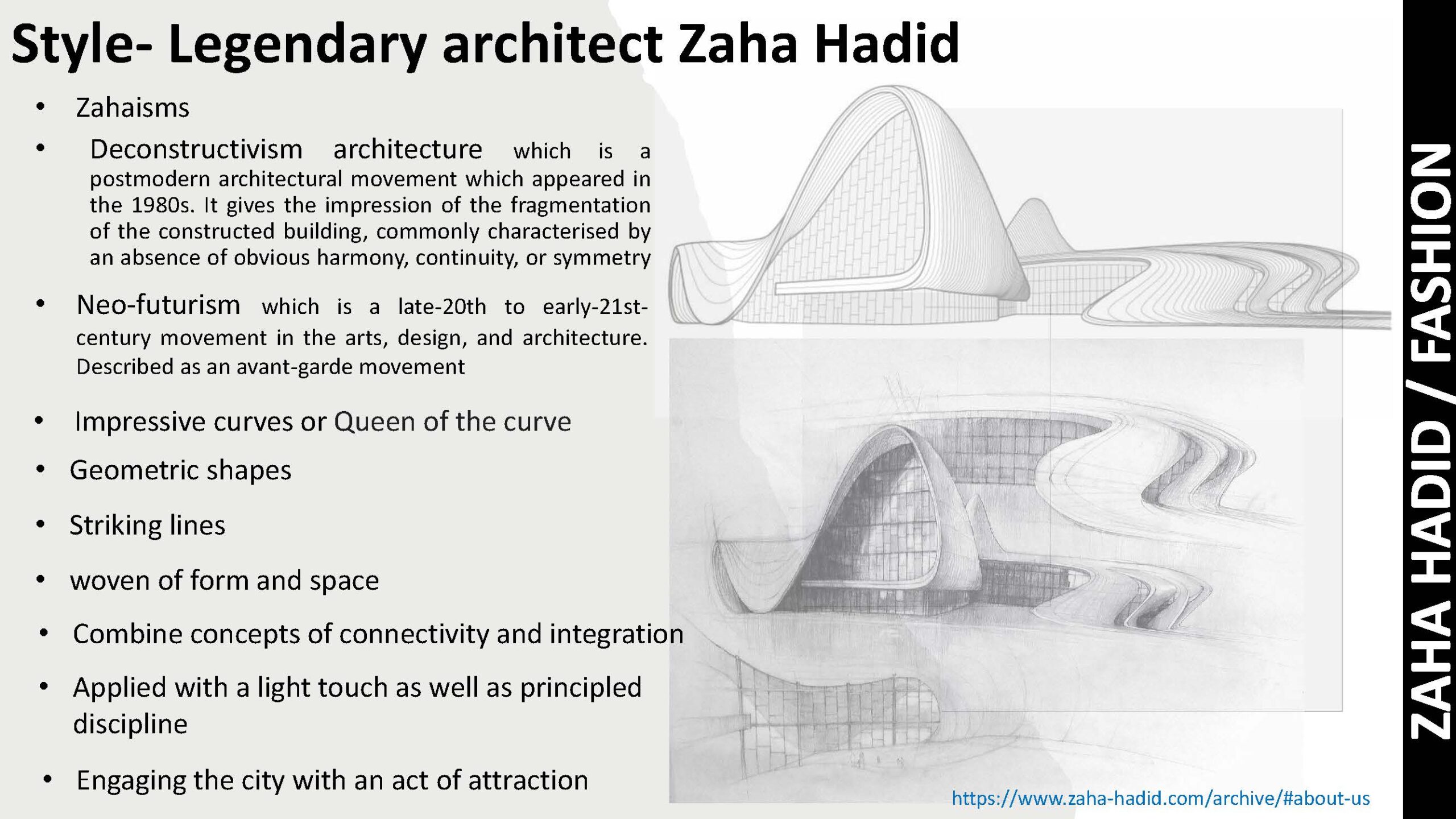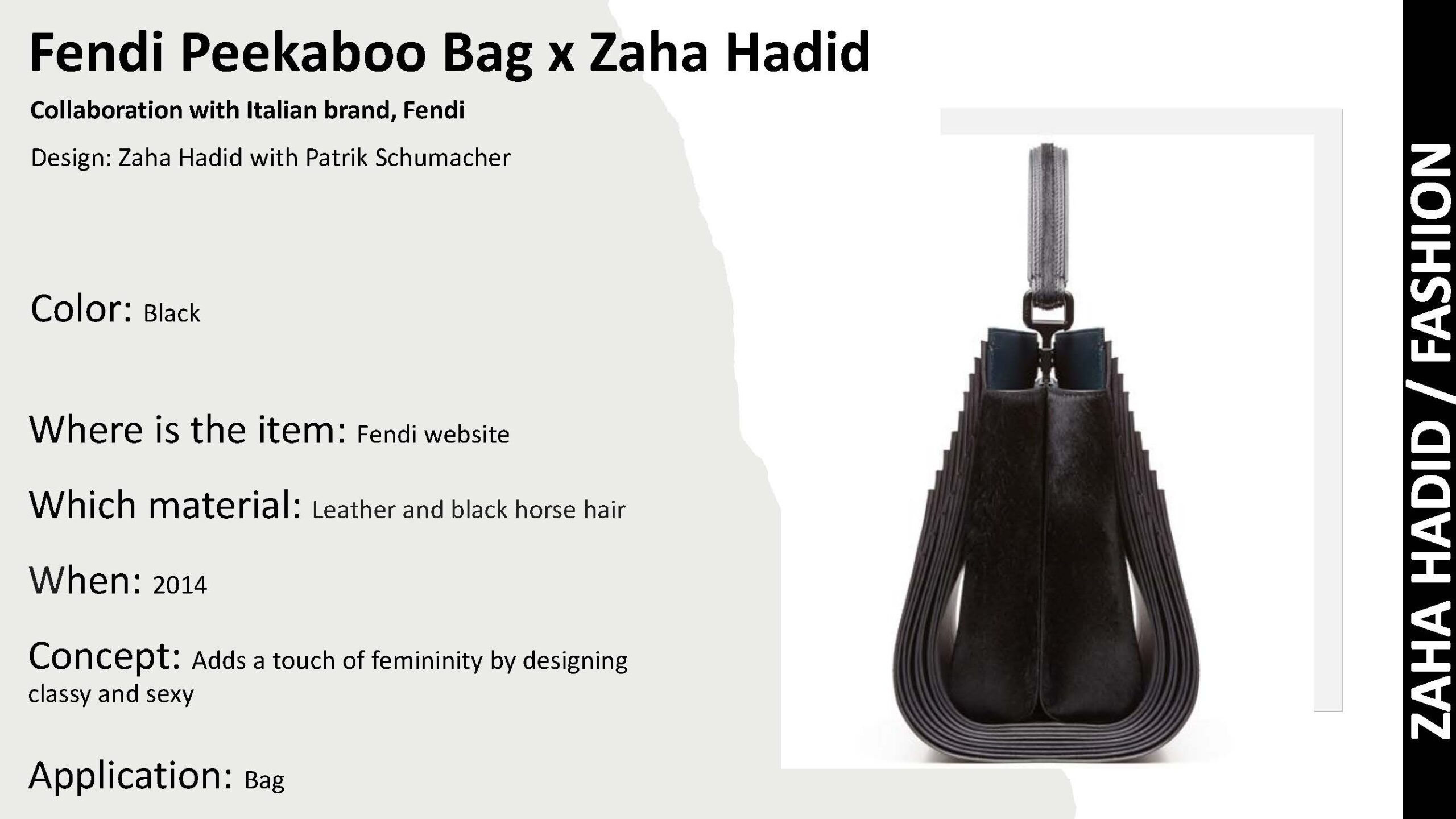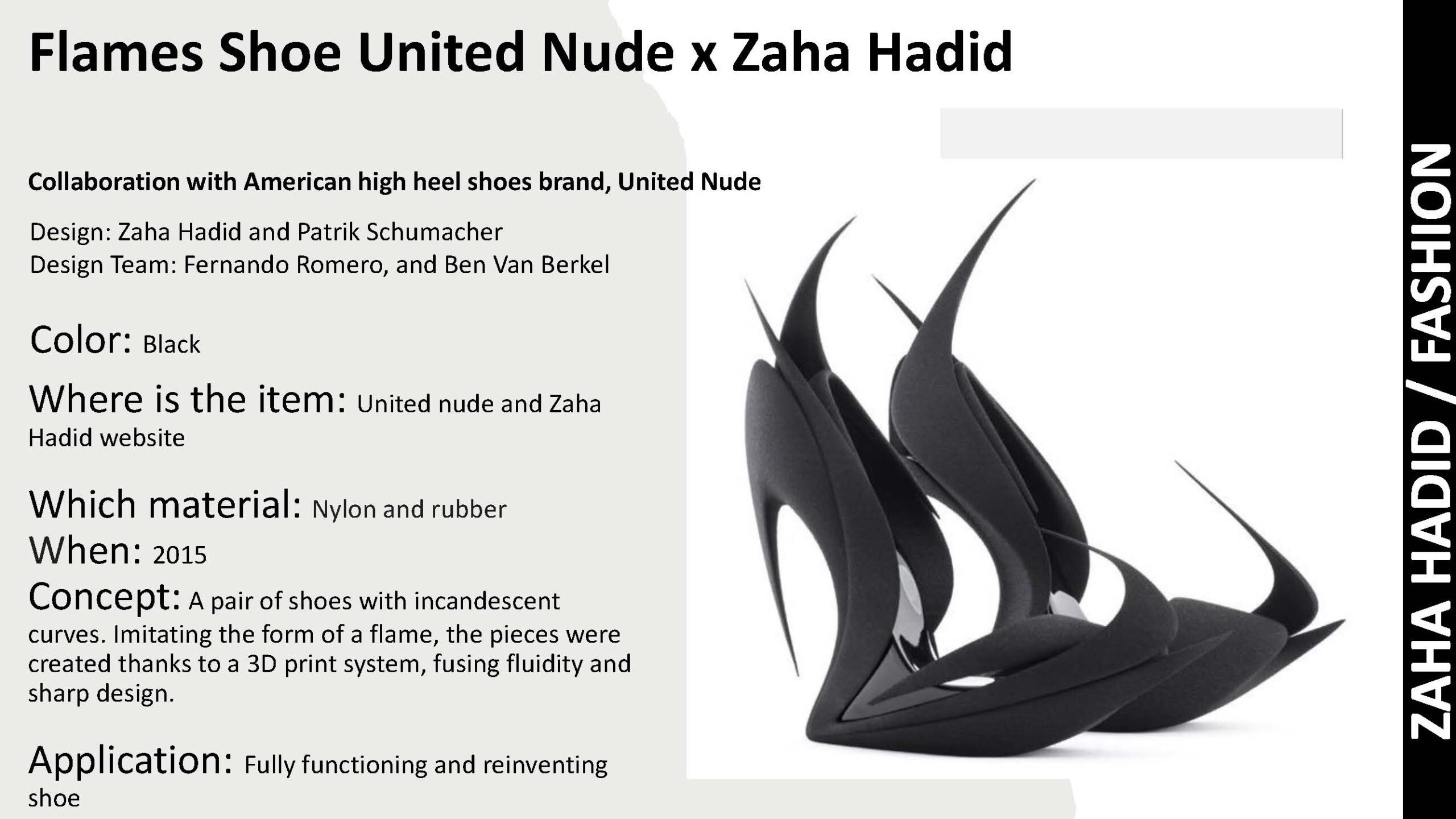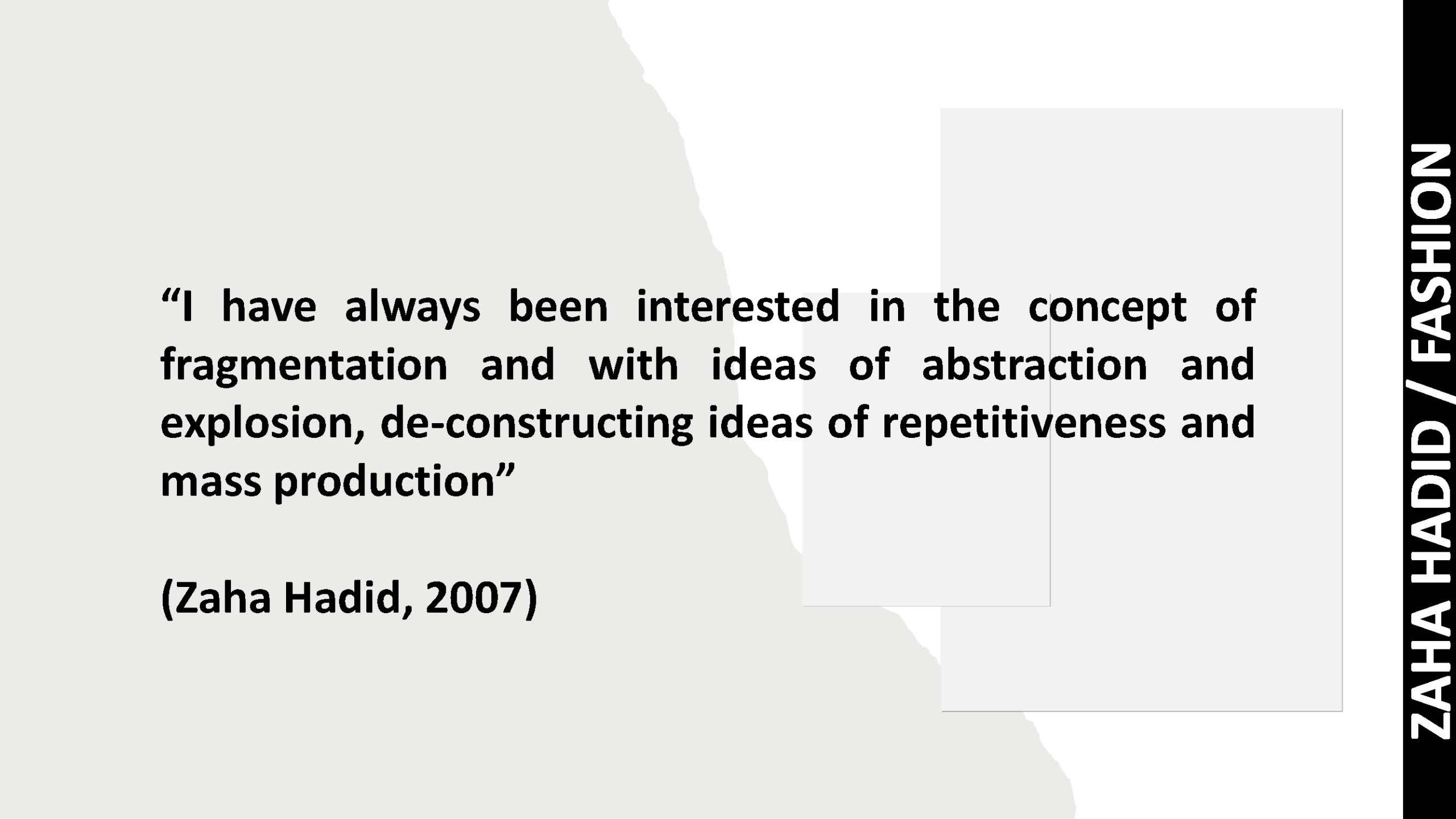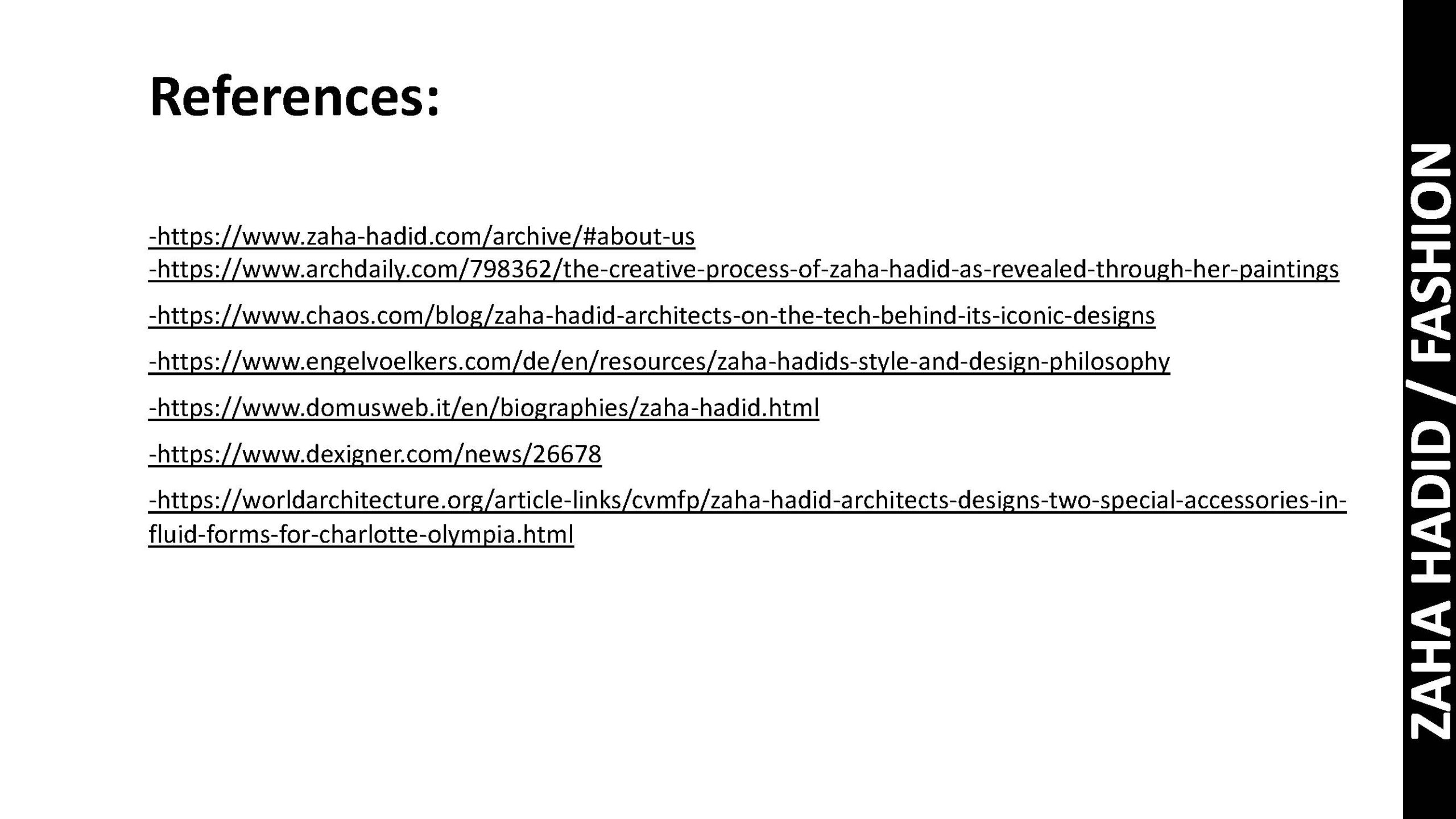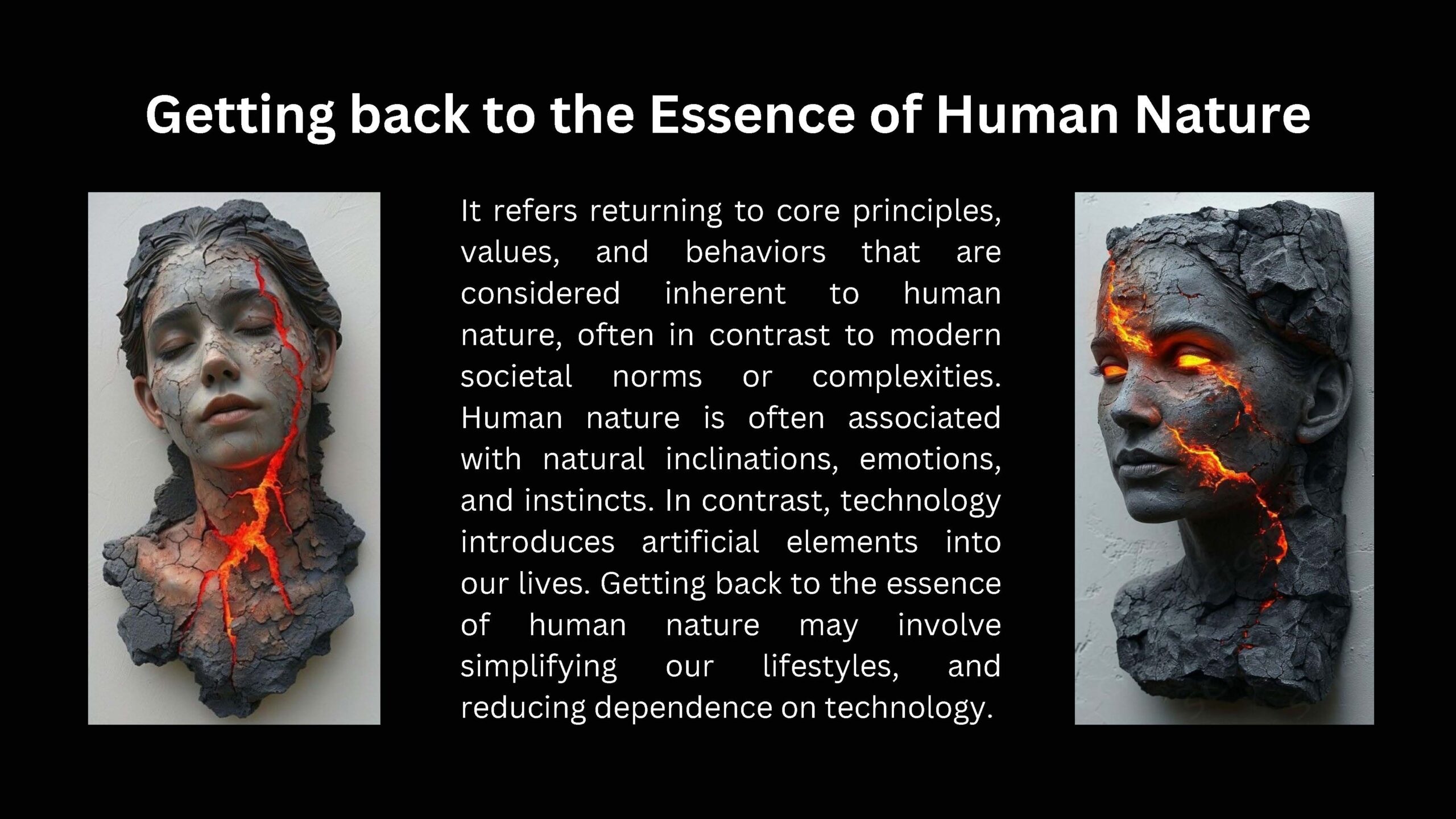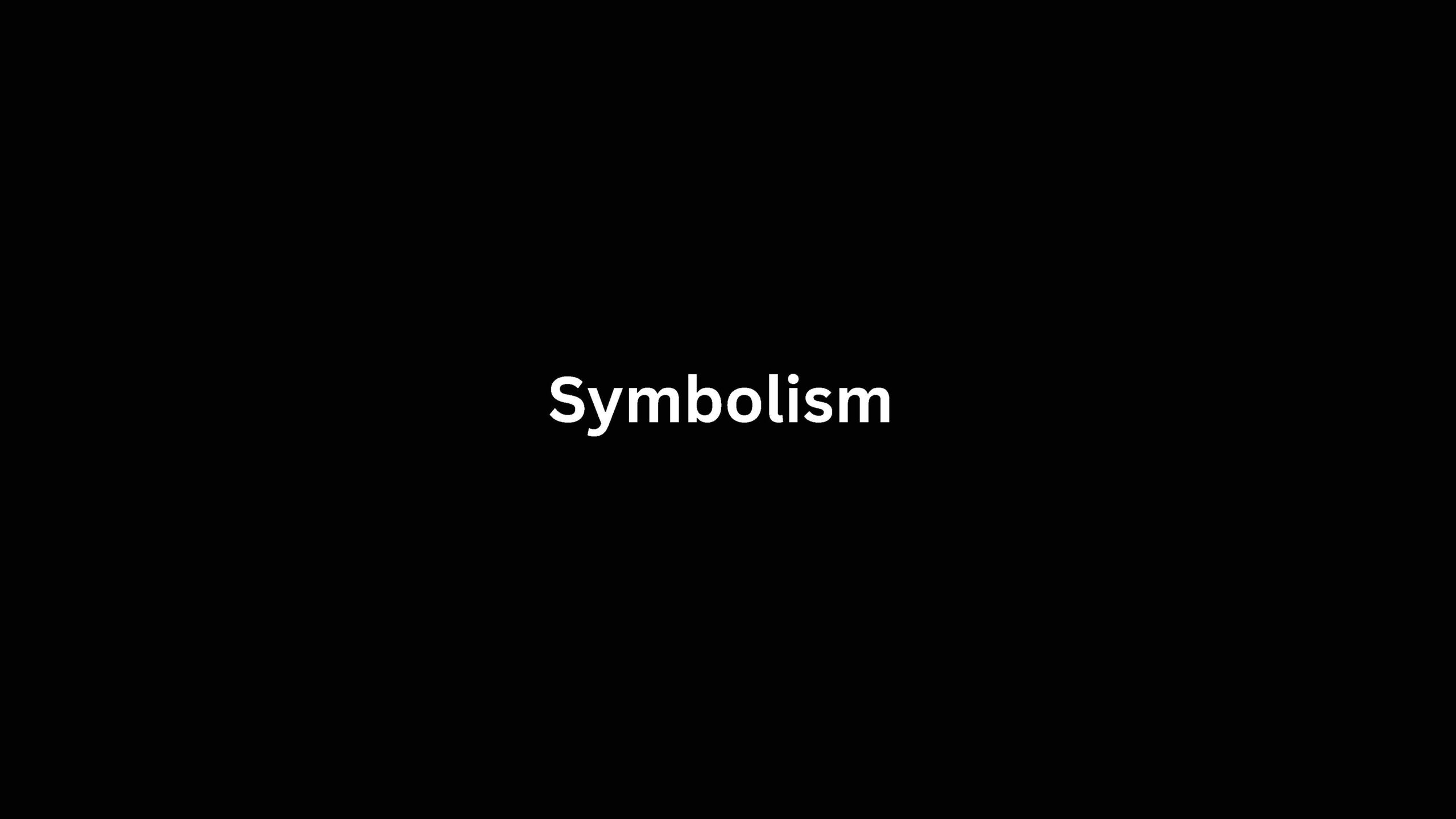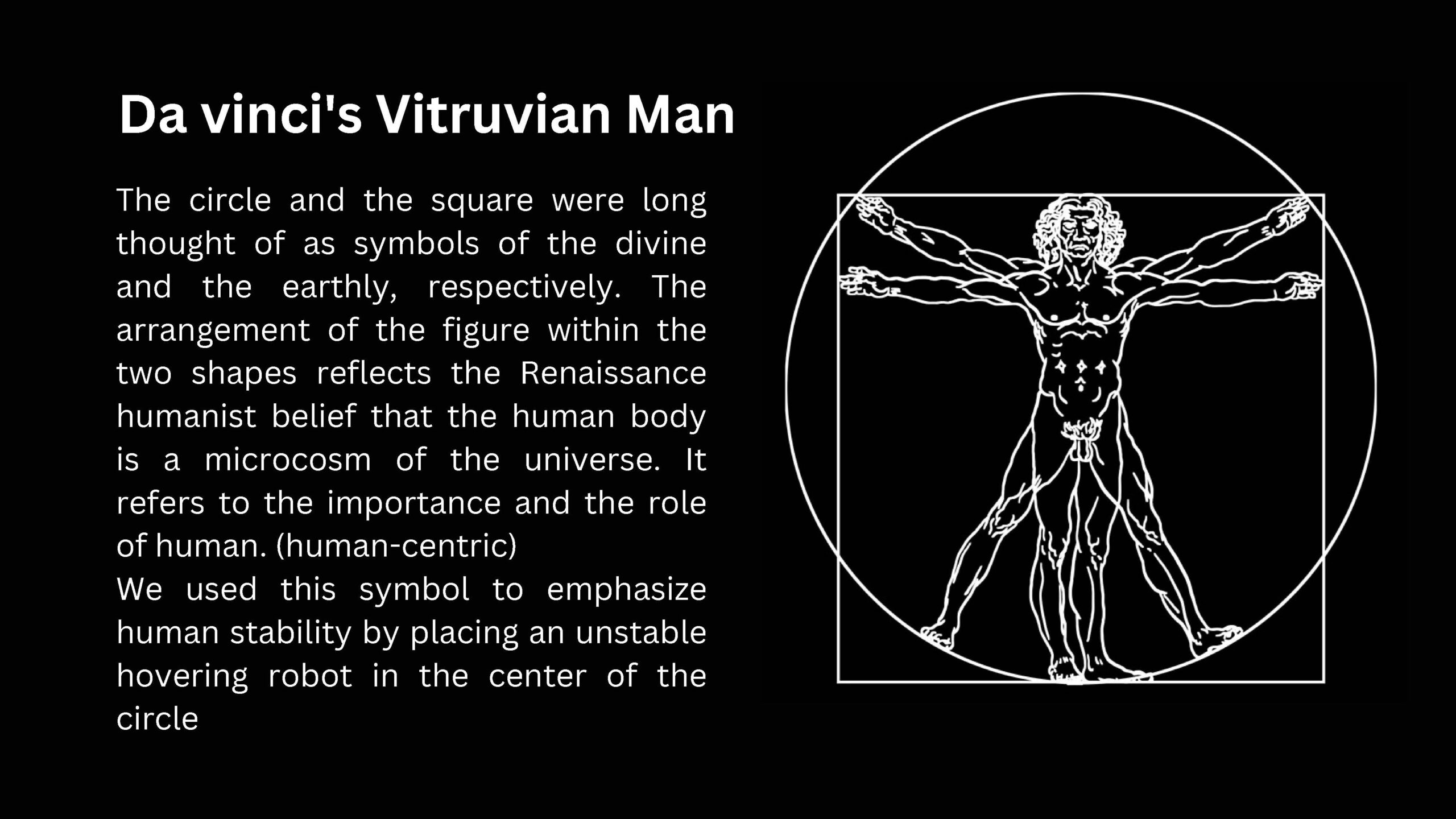What Does a Researcher Do?
How It Works
From Reader to Writer: An Overview of the Design Researching Process

Charles Sanders Peirce's Semiotic theory
Combining two principles in the world of design

Delft Design Guide
You can see my researchs here
Design of Men’s dress shirt through the Emotional Design approach
Abstract:
The goal of this thesis is to discuss about how emotional design can be applied in the field of fashion design and emotional design is introduced an innovative approach in clothing industry. Emotional design is based on this approach that consumer behavior does not have a mere material or in this case economic aspect, but does contain emotional and cultural considerations as well. However a quantifiable and measurable model for considering emotion is also needed in order to reach a tangible design approach. That was the reason that Donald Norman’s model for emotion was introduced, where emotion is divided into three layers of visceral, behavioral and reflective. Based on such a model, our research question arises as the core question of this thesis: which layer of emotion would affect the consuming behavior of Iranian user and how? To generate an answer, emotional design from Donald Norman viewpoint was discussed and elaborated. Afterwards a number of male students were used for conducting statistical and qualitative data. Based on the analytical results from descriptive and inference statistics, a primary evaluation was conducted. Moreover, priorities regarding each layer of emotion and consuming habits and practices, meaning patterns about consuming behavior was also generated. In the continuum, not only final design proposals were chosen, but also evaluating the hypothesis as secondary evaluation was conducted. And to accomplish the research, prototypes were installed in shopping centers to finalize the evaluation. The results showed that shopping behavior Iranian users are mostly influenced by reflective layer, which approves the hypothesis. The value of this research is very helpful for designers and other researchers, who would like to study design and marketing behavior from a more scientific viewpoint. Some design proposals and techniques for such an approach would be also introduced in the end.
Keywords: emotional design, consumer behavior, men’s dress shirt, clothing, fashion design
The Aesthetics of Safavid Velvet with the Theme of Iranian Love Legends Taken From Iranian Painting
Abstract:
The woven textiles, i.e. woven velvets, in the Safavid period have been less studied in terms of visual beauty, decorative patterns, and weaving techniques as the strangest hand-woven textile which was popular with its redundant use in men’s, women’s, and children’s clothing and the interior decorations such as curtains, tents, box covers with a variety of themes such as human motifs taken from love legends. It was such a velvet that became famous with its existing background from the Safavid period onwards. This art was more influenced by the Iranian painting of this period than other arts, and here the influence of some painting schools on only three of them has been studied. Due to the connection and accompaniment of painting with Persian poems of great poets such as Nezami, it caused to consider love from the perspective of Islamic mysticism. The artist exhibited a beautiful transcendental view which is based on the nature of God and Islamic beliefs in his works. The motif of these subjects, which is derived from spiritual art, may imply that the goal is making beauty based on the eternal design and divine craft in the form of painting or velvet.
Keywords: velvet, Iranian painting, Safavid, Islamic, literary, aesthetic, love
Design of Men’s Dress Shirt through the Emotional Design Approach
Abstract:
This study aims to apply Emotional Design (ED) – an innovative approach in clothes design for reviving Iranian fashion and increasing purchase – in men’s dress shirt design. Donald Norman’s ED model was considered here because it investigated the fashion as a cultural product and is the only model discussing visceral, behavioral, reflective levels. “Which level of emotion has the greatest impact on the consumer’s shopping behavior?” is questioned. In this regard, by considering the market gaps, literature reviews, and questionnaires, the tastes of 15 young male students in Tehran were randomly asked and analyzed by statistical methods. In addition to the primary evaluation, the results were extracted from the Mood board, and the patterns of interaction based on the pattern recognition. Furthermore, the most important features of each emotional level led to the design rules of idea generation at three emotional levels and primary prototypes to verify the hypothesis by secondary evaluation and selection of final designs. At the end, using the final prototypes and installing them in the store showed that Iranian men’s shopping behavior is more influenced by the reflective layer, which approves the hypothesis. Thus, the mentioned parameters led to achieve new scientific viewpoint for redesigning shirt.
Keywords: Men’s dress shirt, Consumer Behavior, Fashion Design, Emotional Design, Norman’s Emotional Model
The strangest hand-woven silk fabric, velvet
Abstract:
Velvet weaving became well-known all over the world after Safavid period. It was a kind of technique in weaving silk fabric. The used silk has a rich background in the history of weaving art which we can observe several types of it in a number of museums around the world due to adding lint to it by skillful weavers. However, there is no fundamental or qualitative researches about it. The present article tries to examine the structure of this exquisite fabric with aesthetic elements, such as various colors, designs, and patterns.
Keywords: Kamkha, Khimkha, velvet, embossed velvet, Shaded velvet, composite velvet, single-side velvet, double-side velvet, gold-texture velvet, Kashan, Neyshabour
The smart clothes and the effective factors of their purchase compared to ordinary clothes
Abstract:
The clothes are one of the products that a customer is more attracted to its beauty. The aesthetic part and customer attraction in clothing design is an integral part of the clothing industry. The decision-making process of purchasing any product, including clothing, is influenced by several factors. For instance, price, usability, beauty, comfort, etc. can be the main factors in the customer’s decision to buy or not to buy a product. In addition to the usual clothes, these factors are also considered for the smart clothes. In fact, the smart clothes have introduced a new lifestyle for the consumers and the industrialists. In the future, not only we have to decide which clothes are the same and look beautiful, but also their use must be considered together during the day. The successful development of smart products will be possible when the researches and designs work together in this field. However, it will happen that people pay more attention to the use of clothes instead of their appearance. Nowadays, the issues, such as health, are focused on the smart clothes and it should not be forgotten that the smart clothes are not only electronic devices, but also primarily garments.
Keywords: customer, purchase, clothing, marketing, design, electronics, smart clothes, usability, beauty
The effective impacts on buying from the perspective of clothes purchase
Abstract:
The process of purchasing any goods, including clothes, is influenced by several factors. For example, price, quality, fashion, brand, so on can be the main factors in the customer’s decision to buy or not to buy a product. Those factors can be divided into two categories of physical and service factors. The factors have an effective role in the costumers’ purchases and as mentioned before, the customers also have an effective role in the production. Moreover, any store is trying to increase product sales to create customer satisfaction. Of course, the decision to buy has two dimensions (utilitarian shopping and hedonic shopping) which in this article, we are only dealing with the utilitarian dimension of shopping. The issues of customer’s pleasure and excitement during shopping are not addressed. In this article, considering the previous research, a definition of shopping introduces the factors and their classifications in choosing a product such as clothing. Then, there is a reference to the introduction of color as the most important of these factors. Undoubtedly, one of the influential factors in choosing and buying clothes is color which can depend on two factors: (1) individual factors according to physical characteristics and human psychology and (2) social factors such as fashion.
Keywords: customer, shopping, consumer behavior, clothing, marketing, design, color
Matching Ottoman velvet designs with Safavid velvet
Abstract:
Velvet fabrics are an important group of fabrics of the Safavid period which a significant number of them are kept in museums and personal collections. Velvet fabric was considered as a delicated art in Safavid period of Iran. During this period, there were the relationships through cultural exchanges and wars between the Safavid and Ottoman rulers of Turkey which resulted in the communication among the artists of two countries. Therefore, their artistic methods were influenced by each other. So that, the existence of common motifs in the textiles of the two lands, including velvet, can be identified. The study of these works reveals the low impact of Ottoman velvet fabrics on Safavid velvet fabrics. In these fabrics, various decorative elements such as flowers, plants, animals, birds, humans and geometric shapes have been used. The only common point between these motifs of these areas are plant motifs which were only used to decorate Ottoman velvet fabrics due to some reason. The style of these designs is similar to the style of Iranian flowers and plants.
Keywords: velvet, Safavid, Ottoman, motif, plant, color
Purchase the clothes, suddenly
Abstract:
Instant purchase, which is also referred to impulse buying, is defined in the marketing literature as unplanned purchase; however, the concept of impulse buying goes beyond this. In fact, it is an experience of the desire to buy. This is a kind of immediate, intense, and often tempting feeling. Impulse buying is one of the most important aspects of consumer behavior. In this regards, the present article examines the shopping concept from the perspective and theories of sociology and culture. Moreover, it looks briefly at theories of economics and consumption, and then consumer behavior that consists of physical, emotional and mental activities that people satisfy their needs and desires in the process of selection, purchase, use, disposal of goods, and services. The consumer behavior is expressed as a factor that leads to different purchasing decisions which includes utilitarian shopping and hedonic shopping. Although casual shopping can be a instant purchase, there is a slight difference between them. After the mentioned theories, familiarity with four main effective factors such as psychological, demographic, economic, and marketing factors in impulse buying behavior are discussed. Any of them has different sub-categories and can affect the process of instant purchase of clothing. They are transient and result in an increase or help in the formation of instant purchases. As a result, because impulse buying is derived from emotion, its behavior at the lower and middle levels can be a pleasurable pastime. Moreover, it can be destructive and harmful in higher level. But, it can be a means of avoiding negative psychological states. The existence of its pleasant and unpleasant aspects has made this phenomenon valuable and interesting for future research.
Keywords: shopping, impulse buying behavior, clothing shopping, effective factors of instant purchase, shopping theories
Why does color festival hold in India?
Abstract:
The color festival is one of the most important religious festivals in India which generally expresses the joy of changing the year. It associates with the soul and is held every year for two days. Due to the great religious connection of Indians with myths and legends and geographically with other tribes, including Aryans, this festival is celebrated both in the time of Nowruz in Spring and in different parts over the years which has been influenced by some factors. On the first day, according to the legend of Hiranyakasyap, they celebrate the burning of evil and the end of cold winter by fireworks ceremony. They believe that purity and goodness has not been hurt. On the second day which is the main part of this celebration, the people sprinkle cheerful and natural colors to show the induction of spring freshness based on their belief in Krishna and the legends of his childhood and youth. Nowadays, this festival is still held by more participants in most Indian cities corresponding with more intelligence and joy. It has caused that this festival (dedicated to Indians) be introduced to other countries with the same tradition. So that, the interest of immigrant people with their traditions does not diminish.
Keywords: India, color, Nowruz celebration, color festival, legend, spring
Present your ideas

- In one word.
- With an image.
- In a report.
- As a mood board.
- Do a dance.
- Make a drawing.
- Do a Prezi.
- Make a painting.
- Make an advertising bill board.
- Make a magazine.
- Make a mindmap.
- Draw a story-board.
- Make a statue.
- Draw a cartoon.
- Make a website.
- Write one huge post-it.
- Make a movie.
- Make an app.
- Sing a song.
- Produce an advertising commercial.
- Make a newspaper.
- Do a flash mob on it.
- Do a game.
- Write a theater play.
- Make it into a toy.
- Present it in the form of a book.
- Put it on a hot air balloon.
- Put a prototype on the shelves of a regular store.
- Make a mini new business case
You can see some of my presentations here













